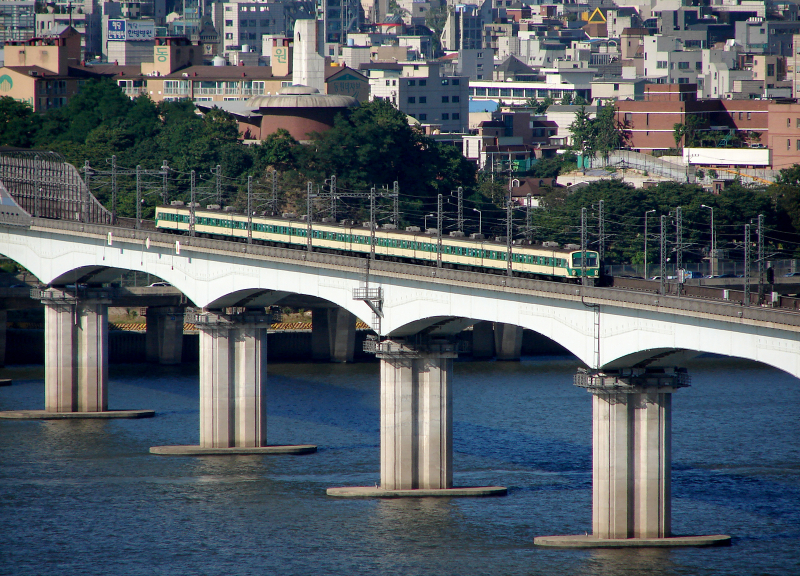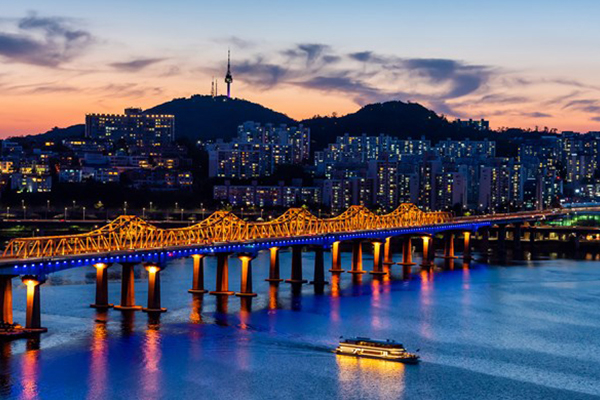Han River

The Han River, also known as the Hangang, is a major river in South Korea and one of the longest on the Korean peninsula. The river is formed by two smaller rivers in the eastern mountains of the Korean peninsula, which converge near Seoul, the country's capital.
The Han River and its environs have played significant roles in Korean history. The Three Kingdoms of Korea fought for control of this territory, where the river served as a trade route to China (via the Yellow Sea). The river is no longer actively used for navigation because its estuary is located on the border between the two Koreas, making it inaccessible to civilians.
Over 12 million South Koreans rely on the river for drinking water. In July 2000, the US military admitted to dumping toxic chemicals into the river, sparking outrage.
Lower stretches of the Han River, particularly in Seoul, are lined with pedestrian walkways, bicycle paths, public parks, and restaurants. In a 2011 survey of 800 residents and 103 urban planning and architectural experts conducted by the Seoul Development Institute, 51.3 percent of residents and 68.9 percent of experts voted the river the second most scenic location in the city, trailing only Mount Namsan.
Length: 508 km (316 mi)










